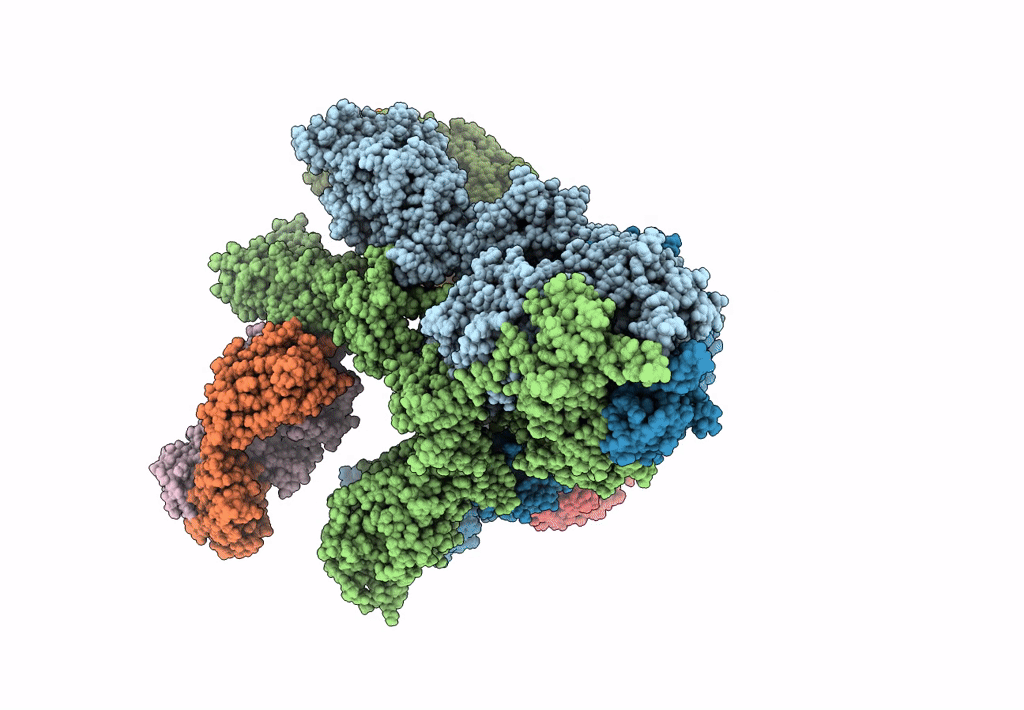
Deposition Date
2020-11-15
Release Date
2021-05-26
Last Version Date
2024-10-23
Entry Detail
PDB ID:
7KQE
Keywords:
Title:
SARS-CoV-2 spike glycoprotein:Fab 3D11 complex
Biological Source:
Source Organism:
Homo sapiens (Taxon ID: 9606)
Severe acute respiratory syndrome coronavirus 2 (Taxon ID: 2697049)
Severe acute respiratory syndrome coronavirus 2 (Taxon ID: 2697049)
Host Organism:
Method Details:
Experimental Method:
Resolution:
2.88 Å
Aggregation State:
PARTICLE
Reconstruction Method:
SINGLE PARTICLE


